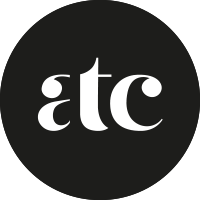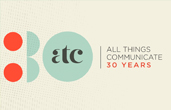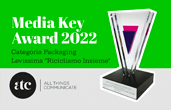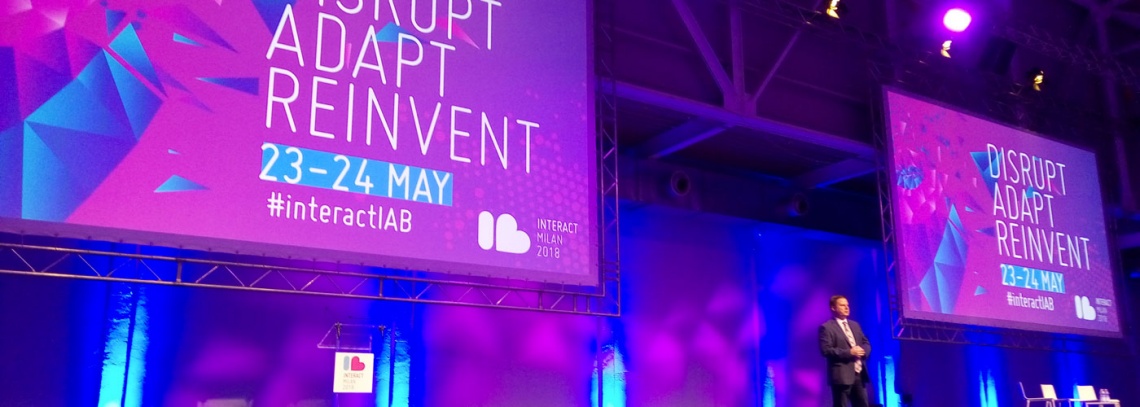New technologies, such as blockchain, and major changes occurring in the consumer market, for instance the rise and increasing use of AI applications, constitute new challenges for the advertising industry. During the two-day conference held recently in Milan by the Interactive Advertising Bureau, international experts gathered to debate the possible scenarios of these myriad transformations.
Direct-To-Consumer: brand, consumers and disintermediation.
The concept of “direct brands” comes from a definition made by Randall Rothenberg CEO of IAB. The term describes a major shift in the brand economy of the twenty-first century. Today, generating value no longer seems to be connected to capital-intense business models, where entry barriers are high and supply chains are internally controlled and managed. According to Rothenberg: “Economic benefits are accruing to firms that create value by tapping into low-barrier-to-entry, capital-flexible, leased or rented supply chains”.
So, there is plenty of room for small firms to grow in all major consumer-facing categories that rely on owned-and-operated digital channels to sell their products.
How much is the DTC (direct-to-consumer) approach impacting on traditional advertising?
A lot, according to IAB’s experts. In fact, during the indirect branding era which lasted until around 2010, companies were used to following a well-established path in order to reach their prospects, progressing from the creative agency to the publisher, and from the publisher to the user. Nowadays however, we are seeing the rise of a plethora of so-called “boutique brands”, strongly focused on the DTC channel. While this shift is narrowing the gap between brands and consumers, the whole market is reeling from the effects. “Since 2016, Gillette’s market share in the US has plummeted to 56%. In 2010 it was 70%. On the contrary, competitors Dollar Shave Club and Harry’s together have managed to increase their control over this segment, from 7.2% in 2015 to 12.2%.” The same trend can be seen in every market, from electronic goods to clothing and from petfood to grocery.
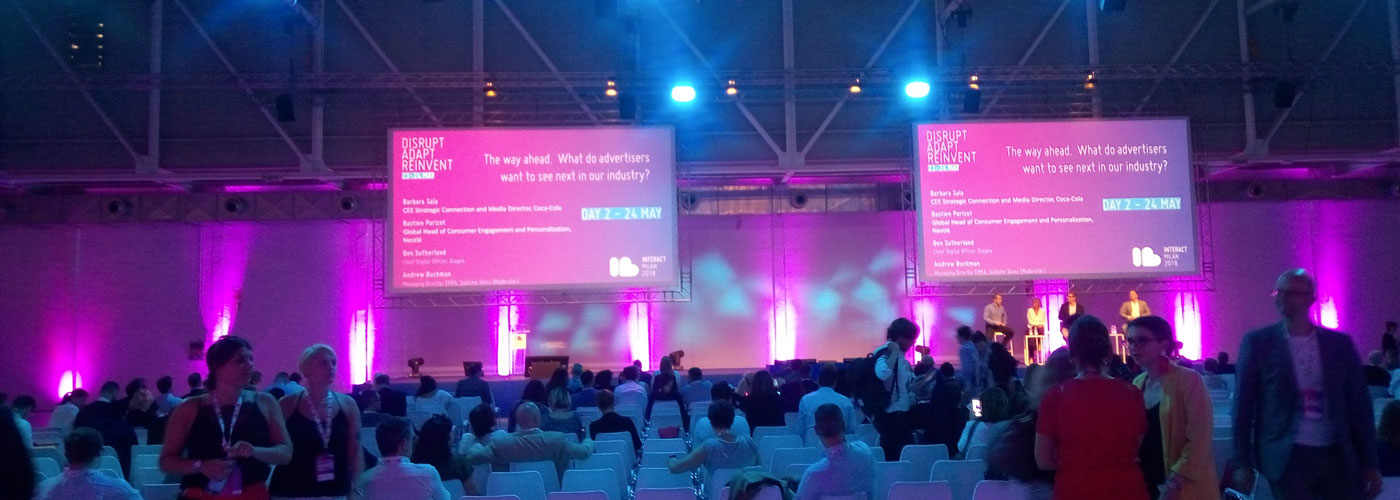
Blockchain and digital advertising
Trust, security, transparency and decentralized structures. These are the features of blockchain which are motivating marketers, as this technology seems to be a promising solution to streamline the supply chain of digital advertising.
A blockchain approach to digital advertising would in fact allow companies to cut down on the number of suppliers, to favour networking among the players involved and to integrate many content-delivery networks (CDN) in the process. A peculiar aspect of this growing market is the positive attitude towards innovation and new technology shown by companies already accustomed to automation through programmatic advertising. These appear more keen on being transparent to consumers and are cautious towards intermediation.
[References: IAB, Blockchain for Video Advertising: A Market Snapshot of Publisher and Buyer Use Cases]
GDPR: at the crossroads
Rather than perpetuating the widely-held opinion that the GDPR will be beneficial to digital democracy, Daniel Dalton from the European Parliament identifies the limits of the newly-launched law on the protection of personal data given its inherently protective nature.
In the speech he gave at Interact, Dalton highlighted the need for a robust vision for this whole initiative to be effective in the long run, urging legislators to focus more on facilitating consumer empowerment rather than simply shielding people from today’s inevitable risks. As new threats to privacy are likely to emerge in the near future, it now seems unlikely that a solution able to cure both present and future (unknown) problems can be devised.
“If we look at things like the blockchain [...], or like the AmazonGo shops in Seattle, there’s questions about whether that’s going to be compliant with GDPR. The world is moving on and I think European legislation is already becoming outdated.”
D. Dalton, European Parliament
According to Townsend Feehan, IAB Europe, “GDPR is super vague, so there needs to be a code of the road: policies that bind anyone that is implementing the framework to make calls in a particular way at junctures where the law itself is not clear enough”.
Numbers and prospects for digital advertising
Social, mobile, video and search were the big growth drivers for digital advertising in Europe in 2017. As Daniel Knapp, Executive Director TMT at IHS Markit, pointed out, these drivers represent “the power of connection, localisation, emotion, innovation all along the path to purchase”, which makes digital advertising “such an indispensable and versatile tool of the modern economy” .
Markets with the biggest growth push in 2017 were confirmed as Russia, Belarus, Serbia, (with 33.9%, 23.7% and 21.9% respectively), followed by Sweden (18-4%), Norway (16-6%), UK (14.3%), Switzerland (12.5%) and Denmark (9.7%) - proof that even in mature economies there are still opportunities for innovation and room for growth.

